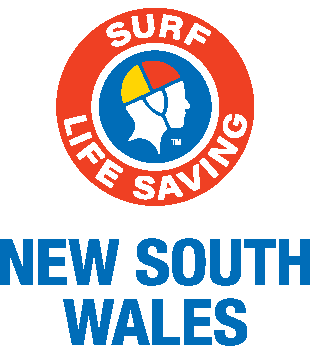Surf lifesavers will have state-of-the-art communications systems able to respond sooner in an emergency when an upgrade to the radio network servicing the Hunter and Lower North Coast regions of NSW is complete.
The NSW Government has provided funding of $800,000 to migrate the radio technology from 50-year-old technology to digital in this important coastal region and the project is the first in a partnership with Resilience NSW and Telco Authority (NSWTA).
The region covered stretches for over 270 kms of coastline from Camden Haven in the north to Catherine Hill Bay in the south, and includes 19 Surf Life Saving Clubs across five local government areas which are reliant on good communications coverage.
“Some of the busiest beaches in the state are in this popular stretch of coastline. Last year there was over 770,000 visitors to the region’s patrolled beaches, volunteers spent 51,000 hours on patrol and successfully responded to 81 major emergency incidents and callouts,” said Surf Life Saving NSW President, George Shales.
“We are pleased to be able to support this upgrade and understand the importance of having a robust, resilient and far-reaching radio network to meet the needs of Surf Life Saving now and ensure critical agency interoperability into the future.”
The coastal radio network in NSW is not only relied on by the state’s volunteer lifesavers, it also provides critical support for many Council lifeguard services and marine users. The current radio fleet includes more than 2400 mobile and portable units throughout the state.
“A key objective of this upgrade is to boost volunteer safety and a robust, reliable digital radio network will provide immediate support and response to our lifesavers patrolling this stretch of coastline,” George continued.
“With an increasingly bigger workload for lifesavers to respond outside of the red and yellow flags, this radio network will be crucial to ensuring the safety of our volunteers and an integrated response from our emergency services to incidents along the coast.”
The project includes relocating or rebuilding 10 radio repeaters in the region and decommissioning old analogue equipment around Forster and Crowdy Head. Far greater and more reliable coverage will be achieved in key drowning blackspots including Boomerang Beach, Seal Rocks, Catherine Hill Bay and Snapper Point.
When the project is complete in early 2022, Surf Life Saving will have the benefit of a seamless integration of all communications systems, technology and equipment across the state, all visible and controlled from the State Operations Centre in SLSNSW headquarters in Sydney.
“This upgrade and the integration across our radio network will mean less downtime and disruption to communications between our patrolling lifesavers on the beach and our State Operations Centre,” said George.
“And in emergency situations our people will be able to connect with other key agencies. When it comes to saving lives every second counts and clear, reliable communications between our volunteers and other emergency services is vital.”
Thursday 28 October 2021


